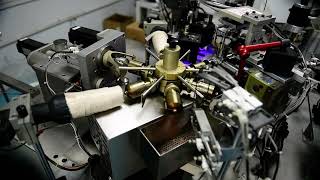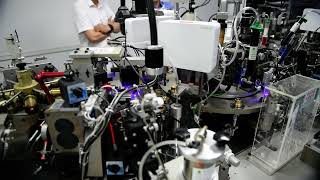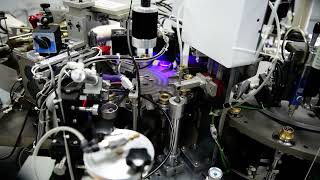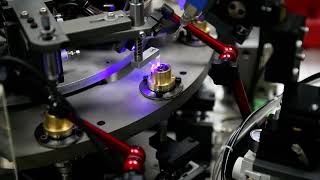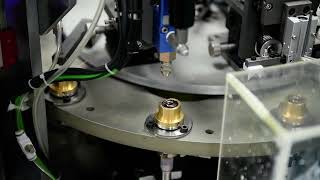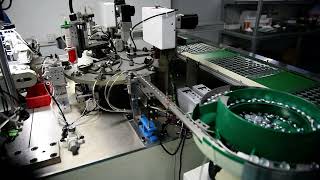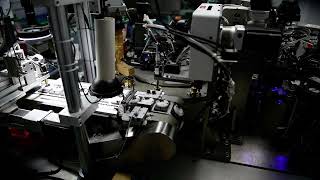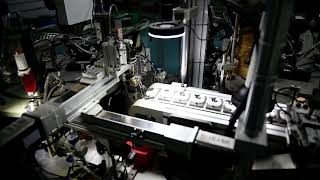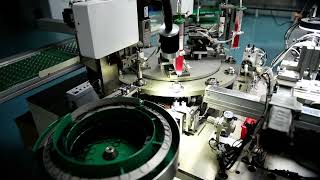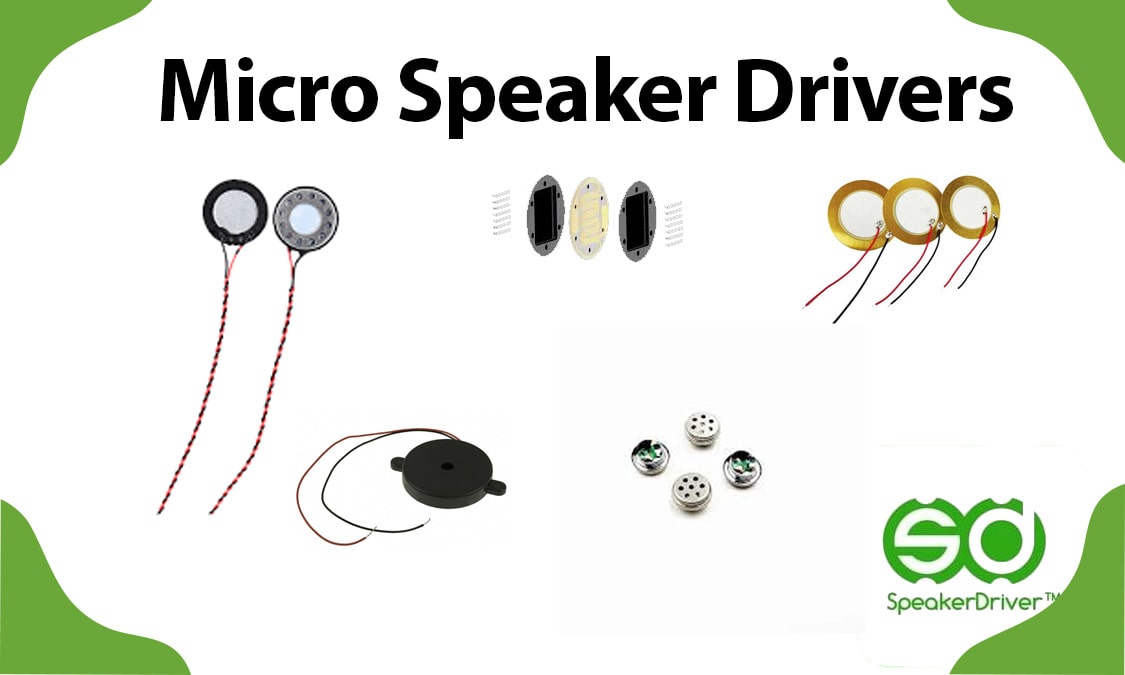
Discussion of Micro Speaker Drivers: Function, Types & OEM Applications
Micro speaker drivers are essential components in compact audio devices such as wireless earbuds, hearing aids, wearable speakers, and other portable electronics. Despite their small size, these drivers must deliver clear audio, maintain efficiency, and integrate seamlessly with miniature hardware designs. This article discusses the types of micro speaker drivers, their working principles, and factors that OEM buyers and engineers should consider.
What Are Micro Speaker Drivers?
Micro speaker drivers are miniaturized components that convert electrical signals into sound waves using various driver technologies. These speakers are typically used in in-ear monitors, earbuds, smart wearables, and other space-constrained applications where sound clarity and size are equally critical.
Common Types of Micro Speaker Drivers
- Dynamic Drivers (DD): Utilize a voice coil and diaphragm mechanism. Popular due to their bass response and relatively lower cost.
- Balanced Armature (BA) Drivers: Offer detailed sound in a compact form. Frequently used in hearing aids and premium in-ear monitors.
- Planar Magnetic Drivers: Rare in micro formats but emerging in niche high-end designs for ultra-clear audio.
- Piezoelectric Drivers: Compact, often found in ultra-thin devices. Best suited for mid to high frequencies.
Comparison Table of Micro Driver Types
| Driver Type | Sound Quality | Size Efficiency | Power Consumption | Common Applications |
|---|---|---|---|---|
| Dynamic | Warm, rich bass | Medium | Moderate | Earbuds, TWS |
| Balanced Armature | High detail, less bass | High | Low | Hearing aids, IEMs |
| Planar Magnetic | Extremely clear | Low | High | High-end earbuds |
| Piezoelectric | Crisp highs | Very high | Very low | Wearables, smart patches |
OEM Design Considerations
- Size vs Sound Trade-off: Consider the acoustic chamber design when choosing micro drivers for extremely compact devices.
- Power Efficiency: Battery-powered devices need drivers with high sensitivity and low power draw.
- Waterproofing: Choose IP-rated designs for fitness-oriented or outdoor products.
- Magnetic Shielding: Prevent electromagnetic interference in multi-component designs.
Real-World Use Cases
- TWS Earbuds: Use hybrid setups combining dynamic and BA drivers for balanced audio performance.
- Hearing Aids: Compact BA drivers optimize clarity in speech frequencies.
- Smart Glasses: Bone conduction and piezo drivers enable audio transmission without blocking ears.
Future Trends in Micro Speaker Drivers
As an indispensable component in portable electronic devices, the development of micro speaker drivers is moving towards smaller size, higher performance, and greater environmental sustainability. In the future, micro speaker drivers may integrate more innovative technologies to deliver enhanced sound quality and longer service life.
1. Advanced Materials: With the evolution of materials science, future drivers may incorporate composites or nanomaterials that are lightweight yet possess superior acoustic properties. These innovations can lead to clearer, richer audio and improved resistance to environmental wear.
2. Enhanced Driving Technologies: The integration of advanced digital signal processing (DSP) allows for more precise control and tuning, optimizing the listening experience based on the environment and user preferences.
3. IoT & Smart Integration: As IoT and smart home adoption increases, micro speaker drivers may find broader applications as voice assistant output modules within smart devices, providing intelligent interaction capabilities.
4. Sustainability & Green Manufacturing: Environmental protection is another key direction. Manufacturers are exploring recyclable materials, low-emission production processes, and energy-efficient designs to minimize ecological impact.
To sum up, the future of micro speaker drivers lies in blending innovation with responsibility—delivering smart, personalized, and eco-friendly audio experiences that align with both technological progress and sustainable development goals.
Conclusion
Micro speaker drivers are fundamental to modern wearable and compact audio devices. From choosing the right driver type to understanding power constraints and acoustic design, OEM brands and product engineers must take a holistic approach when sourcing or designing around micro speakers. Whether you're building a fitness-focused earbud or a voice-enabled wearable, the right micro driver makes all the difference in user satisfaction and product success.

